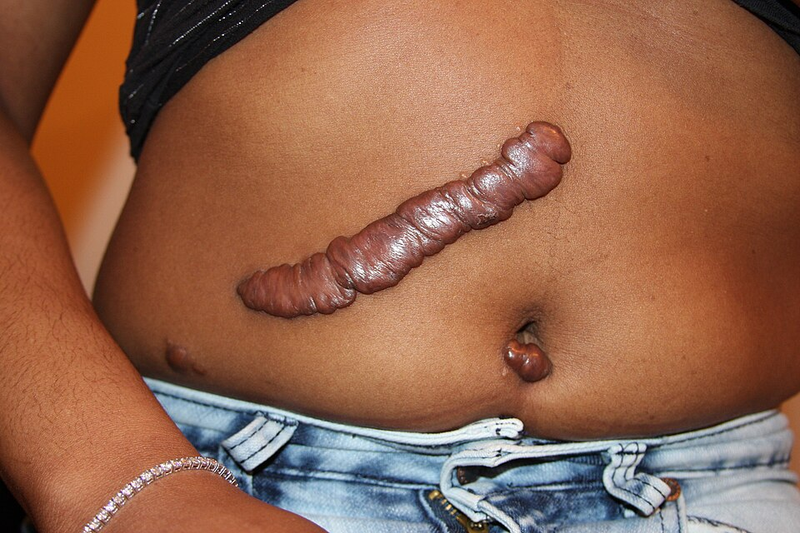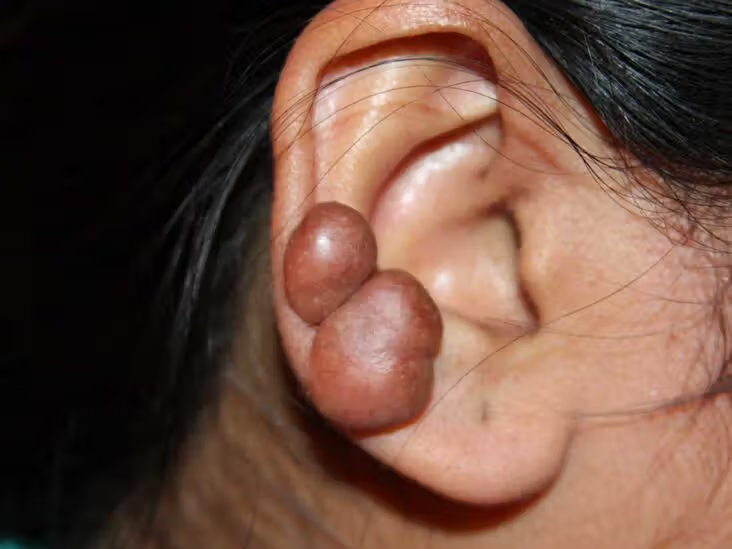Keloids are more frequently seen in individuals with darker skin tones due to increased melanin activity and heightened collagen response during the wound healing process. People of African, Asian, and Middle Eastern descent are particularly more prone to developing keloid scars after even minor skin injuries. The challenge with treating keloids in dark skin is ensuring the scar fades without causing hyperpigmentation or other unwanted side effects. With advancements in modern dermatology, Keloid Treatment in Dubai now offers effective, skin-safe solutions for darker complexions.
Are Keloid Treatments Safe and Effective for Darker Skin Tones?
Yes, absolutely. With the right tools, techniques, and expertise, keloid treatments can be both safe and successful for darker skin tones. However, the treatment approach may differ slightly compared to lighter skin types, especially to prevent pigmentation changes or scarring from aggressive procedures. In skilled hands, treatments not only reduce the size and texture of the keloid but also maintain the skin’s natural tone and integrity.
Keloid
What Treatment Methods Are Suitable for Dark Skin?
Corticosteroid Injections
A common first-line treatment that works well across all skin types.
Reduces inflammation and flattens the keloid without affecting skin color.
Often repeated over several sessions for long-term improvement.
Laser Therapy (With Caution)
Specific lasers such as Nd:YAG or fractional lasers are safer for melanin-rich skin.
Reduces scar thickness and improves skin texture.
Can be adjusted to minimize risk of hyperpigmentation or hypopigmentation.
Silicone Gel Sheets
Gentle and effective for maintaining flatness and preventing new keloid formation.
Ideal for sensitive or darker skin due to their non-invasive nature.
Cryotherapy
Can be used for small keloids, especially in combination with injections.
May cause slight lightening of skin, so it’s used cautiously in visible areas.
Surgical Removal (With Preventive Care)
May be recommended for large, resistant keloids.
Always followed by steroids or silicone care to avoid regrowth.
High caution is needed, as surgery alone may trigger another keloid.
Special Considerations for Dark Skin Treatment
Darker skin tones are more susceptible to certain complications such as:
Post-inflammatory hyperpigmentation (PIH)
Hypopigmentation (light spots)
Increased scarring if treated aggressively
To avoid these issues, dermatologists select conservative and targeted approaches, using technologies and medications known to be safe for pigmented skin. The key lies in personalized care and ongoing monitoring during and after treatment.
What to Expect from Treatment?
Although results may vary, most individuals with darker skin tones see:
Noticeable flattening of the keloid.
Improved skin texture and reduced tightness.
Minimal or no change in surrounding skin color when handled correctly.
Patience is essential, as dark skin may take a bit longer to show visible improvement compared to lighter tones. However, consistency and professional care yield satisfying results over time.
Keloid Treatment Dubai specialists are well-versed in tailoring treatments that cater to the unique needs of darker skin types. Their approach ensures both safety and visible improvement without compromising natural pigmentation.
Final Thoughts
Treating keloids on dark skin requires knowledge, experience, and the right tools—but it is not only possible, it’s also highly effective when managed correctly. With personalized plans and melanin-safe treatments, individuals with darker skin tones can expect smoother, more even-toned results. If you’re seeking a scar solution that works without compromising your skin’s health or color, consider consulting with a specialist in Keloid Treatment to explore your best options.





Top comments (0)